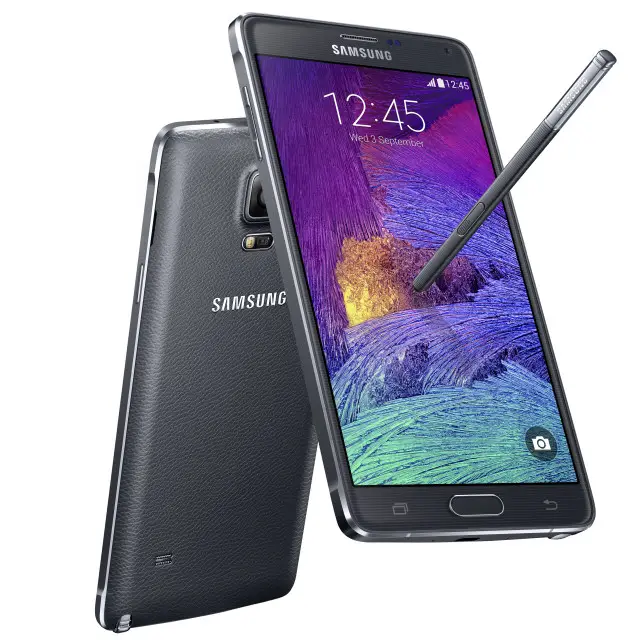
The Galaxy Note 4 is official and will launch around the globe later this year, so what’s the deal with Samsung’s latest and its Galaxy Note Edge counterpart? What about the Gear S and Gear VR announced alongside it? If you missed today’s unveiling or anything along the way, here’s everything you need to know about the Samsung Galaxy Note 4.
Tell us about the specs
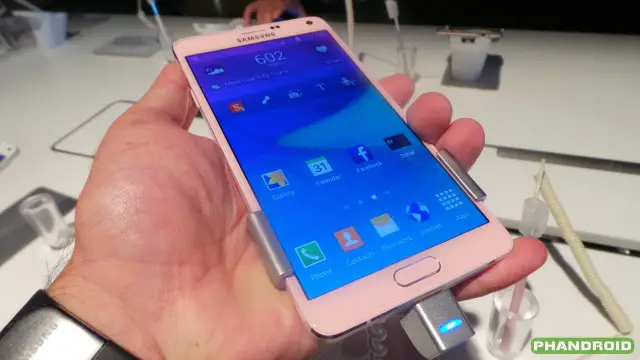
Samsung’s Galaxy Note 4, as expected, features some of the best hardware we have seen on a smartphone to date. Not only is it a substantial upgrade over last year’s Galaxy Note 3, but it also features a few noteworthy improvements over the Galaxy S5 flagship Samsung launched earlier this year. It is Samsung’s first smartphone to feature a Quad HD display and sports an impressive processing suite and large battery.
The complete rundown:
- 5.7-inch 2560 x 1440 Super AMOLED HD display
- 2.7GHz quad-core processor OR 1.9GHz Octa-core processor (depending on market)
- 3GB of RAM and 32GB of internal storage, microSD up to 64GB
- 16 megapixel rear camera with optical image stabilizer, 3.7 megapixel front camera with f/1.9 aperture
- Dual-band WiFi ac MIMI, Bluetooth 4.1, NFC, GPS w/ GLONASS, IR blaster, USB 2.0 and MHL 3.0
- 153.5 x 78.6 x 8.5mm, 176g
- 3,220mAh battery
- Improved S-Pen
- Android 4.4 KitKat
The quad-core version of the handset should be running a Snapdragon 805, while the octa-core variant available in some regions will utilize Samsung’s Exynos platform. The Note 4 will also feature LTE Category 6 in some regions, offering the fastest cellular data speeds currently available.
Users can also take advantage of an improved fingerprint scanner, an update to another technology first introduced in the Galaxy S5.
And the software
The Samsung Galaxy Note 4 will once again utilize Samsung’s TouchWiz interface, in this case running on top of Android 4.4 KitKat and carrying over the updated look and feel introduced with the Galaxy S5. Of course, with the Galaxy Note 4 the emphasis is on multitasking, and Samsung has been sure to include new features to enhance productivity.
The Note 4 offers such features as Action Memo, Screen Write, Image Clip, and an improved version of Air Command, which gives users access to shortcuts and other actions by hovering the stylus over the phone’s display. A Smart Select function allows users to quickly select multiple lines of text or images, copy and compile them, and share. All of these functions rely on the Note 4’s S Pen, naturally.
As its name implies, the Note 4 sees no shortage of options when it comes to taking notes. S Note is available for jotting down a quick thought or sketch, Snap Note turns captured images into notes of their own, and Voice Memo records reminders when hands are tied.
How about that S Pen?
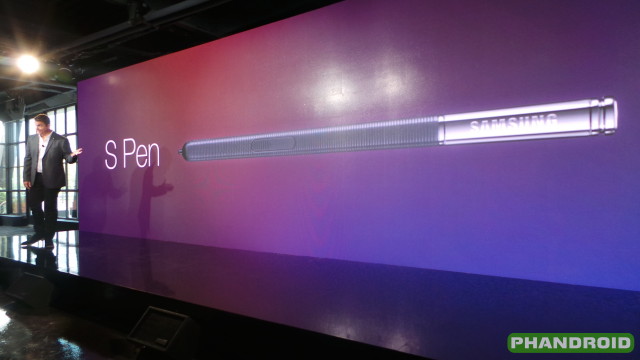
As with every Note iteration, Samsung has once again strived to improve the S Pen experience. The latest edition of Samsung’s stylus is described as providing a “more authentic pen experience.” The S Pen is designed to mimic the strokes of a fountain or calligraphy pen, and the Note 4 should be more accurate while showcasing increased pressure sensitivity to create a realistic, responsive feel.
The S Pen sees some aesthetic changes, but as always is designed to be stowed within a slot on the Note 4. The stylus has always been a major part of using any Note handset, but with the Note 4 it seems Samsung wants to make the S Pen nearly indispensable.
What’s the Galaxy Note Edge?
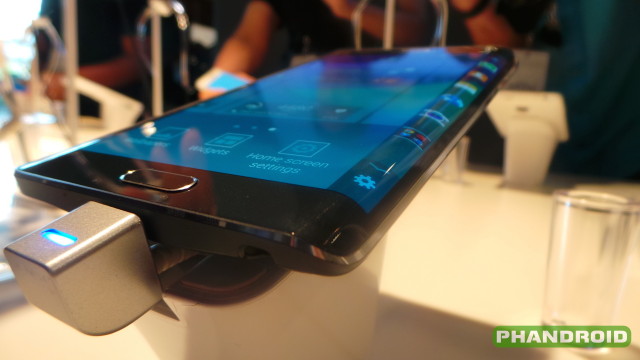
The Samsung Galaxy Note Edge is a “special edition” version of the Galaxy Note 4, utilizing largely the same hardware configuration save for one major addition: Edge Screen. Edge Screen utilizes curved AMOLED technology to present users with a secondary display on the edge of their device that can showcase shortcuts, notifications and alerts, frequently accessed content and more.
Think of it as a matured version of the notification ticker introduced on the Samsung Continuum, one that functions in much the same way as a Galaxy device rocking an S View case.
Aside from Edge Screen, which Samsung hopes third-party developers keep in mind when creating apps, the Note Edge offers an identical feature set in terms of software and the S Pen stylus.
The Gear S? Gear VR?
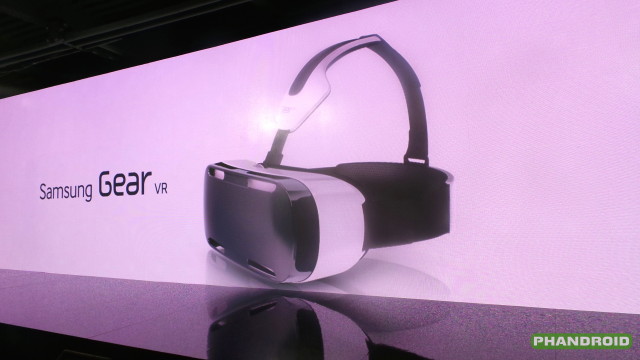
The Gear S is Samsung’s latest smartwatch, one incorporating a large curved display that conforms to the wrist. Unlike Samsung’s previous efforts, the Gear S is designed to be capable of standalone functionality with built-in 3G support and the ability to place phone calls directly from the device. It doesn’t get more Dick Tracey than that. The Gear S, however, isn’t intended to replace the smartphone, and its Tizen-based interface will still interface heavily with the Note 4 and other Samsung devices.
As for the Gear VR, this is a virtual reality headset that for some time now has been rumored as Samsung’s Google Glass competitor. That isn’t quite the case, as the Gear VR (the VR stands for virtual reality, obviously) actually is more akin to the Oculus Rift. In fact, the Gear VR relies on technology developed by Oculus to make the device a reality, but with a Samsung twist.
You see, the Gear VR’s display is actually the Galaxy Note 4, which is inserted into the headset and positioned in front of the eyes to create immersive experiences like movie theater mode. Your videos are presented in front of you on the virtual big screen, but if you look around you will see actual theater seats to your left, right, and behind.
Gimmicky? Maybe, but Samsung is putting faith in VR as one of the next technology frontiers, and they are offering plenty of compatible content out of the gate, including games, virtual tours, and eye-popping IMAX video clips.
So when can I get it?
A specific release date for both the Galaxy Note 4 and Galaxy Note Edge has not been revealed, nor has Samsung announced pricing for either device. What we do know is that the Note 4 will launch globally, and the Note Edge will be available in select markets including the US. All four major US carriers — Verizon, AT&T, Sprint, and T-Mobile — plan to launch both editions of the phone. U.S. Cellular will launch the Galaxy Note 4, as well.

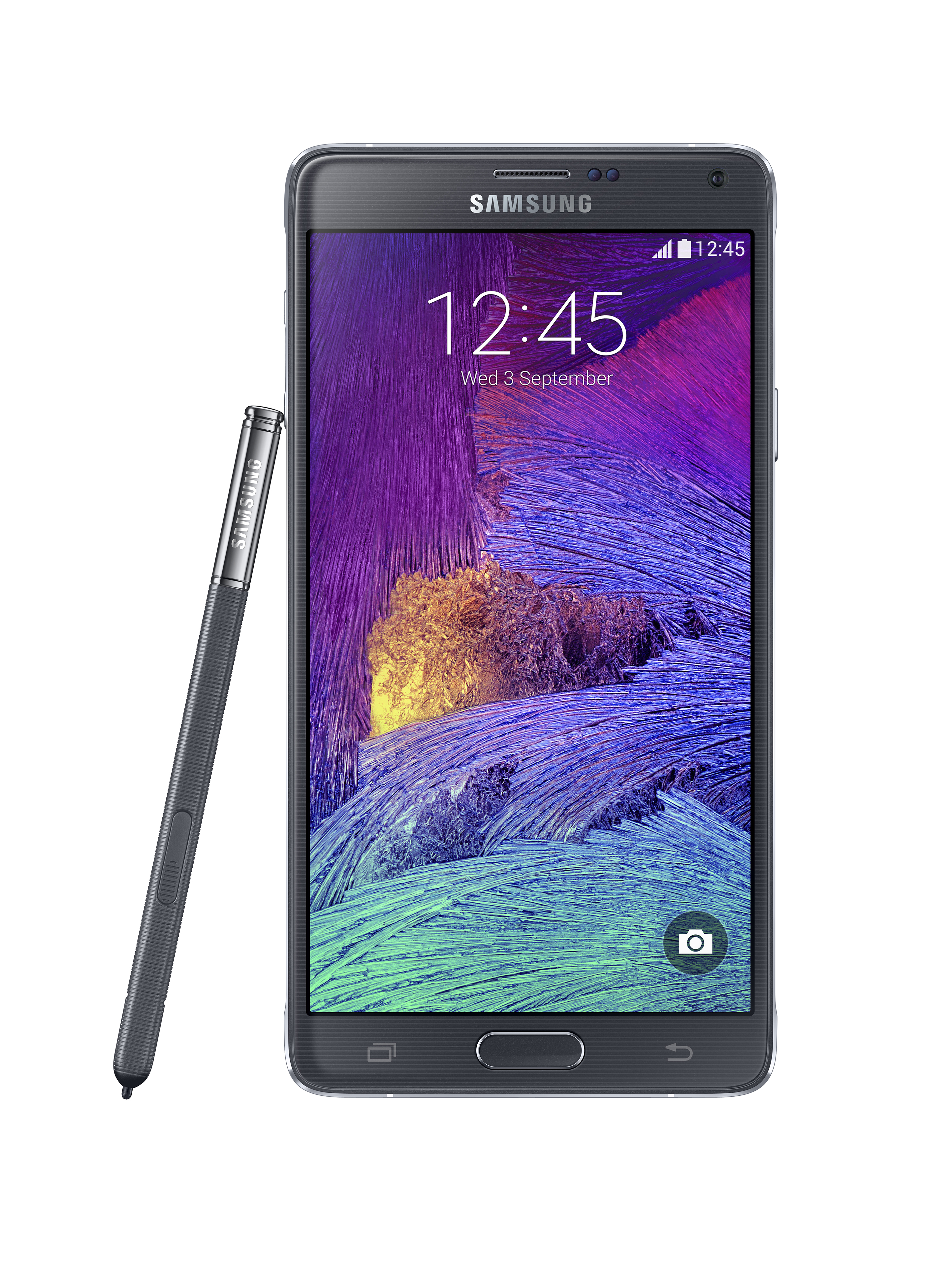

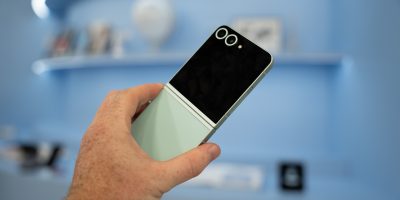





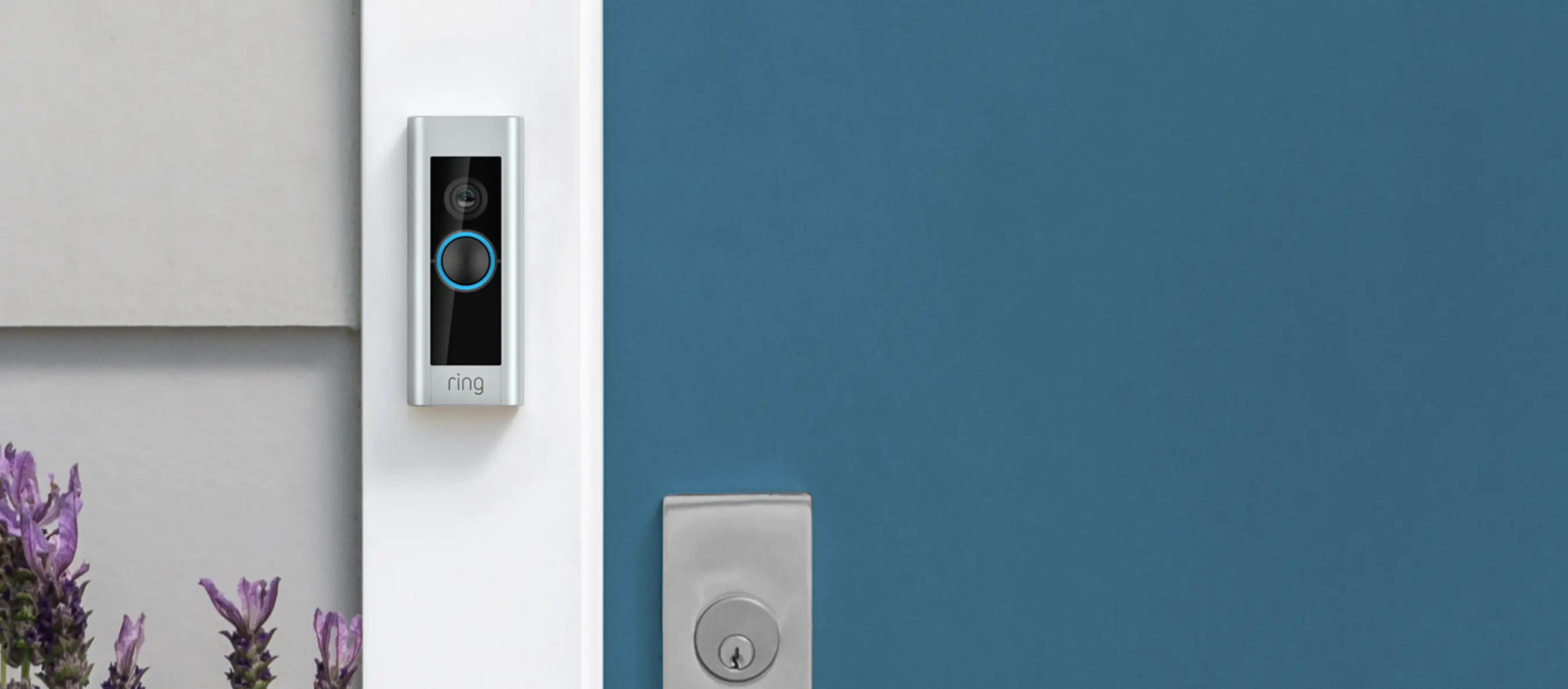
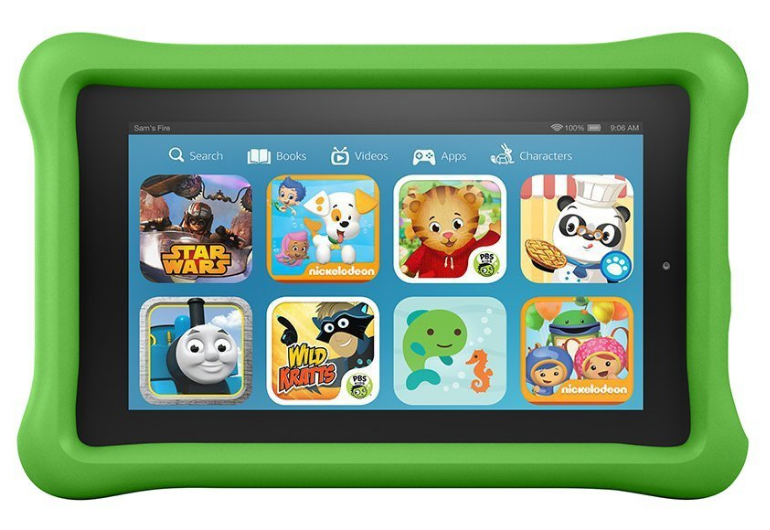
will it offer water resistance like the Galaxy s5?
Yes.
Marc, I had a chance to research this and you are incorrect.
Did you see a source indicating it would have water resistance, or are you guessing? If the latter, please don’t present your guesses as fact, it wastes everyone’s time.
Anybody have even the slightest clue what type of a price range the VR will come in at? Obviously you need a Note 4 which might cut the price a little but Is this going to be crazy expensive (think a few grand) or something in the hundreds?
I’m thinking $800 for the note and $2-300 for the vr. Combo deal at $999?
What will it do without the phone? Nothing, might as well be cardboard.
I change my prediction to $150.
Still too much.
For $150 it is almost a no brainer for people who already have the Note 4. I can’t believe it would be that cheap, even $300 to me sounds cheap although I have no understanding of how much of the product is the phone and how much is the headset.
Well the Oculus Rift is $350 and that’s a full device, so I’m hoping something that needs a $200-250 (on-contract) phone to work would be around $200 at the most. But this is Samsung and looking at the prices of their watches…
I didn’t realize the Rift was that cheap. I guess it all depends what could be done with it and how much support there is. Even still, for $150-200 just to be able to watch my own recorded videos with that wow factor for occasional entertainment would probably make it worth it to me. Certainly not a reason to specifically buy the Note 4 but for people who already have a Note 4 it seems like it is a worthwhile purchase.
They’re gonna want $1200 for the edge.
Is it 3GB ram or 4GB? Half the sites say 3 and half say 4.
3 gb of ram
so basically we get the 805 over the 801 for the note 4…meh.
if you wait 5 months the phone will be around $400.
back to looking at the g3 since there’s not 4gb of ram.
Like you need 4gb of ram. This has the 805 which can actually power the Quad HD display, which by the way is useless on a phone screen.
sorry…I’ve seen more response in computers from bumping the ram quantity over the processor. Granted this would jump from 1.5 ghz to 2.7 but I would like at least 1.5gb free. (my note 2 has 1gb free but it’s rooted and I’m not counting on that going forward.)
Android currently supports 3GB of RAM max. Even the G3 only has 3.
Then you have very limited experience from computers.
that’s your opinion mr troll. Granted it’s been a few years since I built any so technologies could have changed, but when moving from 1 ghz to 1.5 ghz I didn’t see as much difference as when I doubled the ram. congrats on your 6 up votes btw.
It’s not an opinion, it’s fact.
Increasing memory beyond a certain amount will yield no performance improvement, it’s wasted.
That comes from 15 years building and maintaining PC’s,, overclocking and tweaking high end systems to get every last bit of performance out of them.
Before posting BS online you need to realise that you will be called out. :)
You might want to read what ram actually does if you think that not preloading programs that are used continually into a quick access memory section will improve performance. 25 years of building computers has taught me that. Why not do a little research next time buddy boy?
Ok I can admit when I may be sorta wrong…. Processor vs ram is based upon each system. I’ve always loaded down my systems with software so the quick access is better. If encoding and gaming is important the processor is a better upgrade.
Installing a lot of applications on a PC doesn’t mean the applications are completely pre-loaded if you have a large amount of memory, the majority of the data it still stored on the hard drive so that will be your main limitation when it comes to loading speeds, NOT the memory, this is the same for a smartphone.
This works for small applications as they have a small memory footprint and have little impact on startup but for larger applications it’s just impractical. The advantage is giving the applications extra memory to work with, encoding high definition video, video editing or working with high resolution raw photos are examples where large amount of memory will be useful, multitasking is another.
Gaming is not that memory intensive unless you run multiple instances of the application (which some people do), high end PC games are just fine with 6-8GB.
In contrast the largest mobile games currently available run just fine with 2GB.
25 years doing what exactly? Anyone can follow instructions can build a PC, it takes a bit more to optimize and get the most out of one and I highly doubt your up to date with the latest hardware.
Preloading into memory is fine, yes that will improve the loading time but performance after it’s loaded will be exactly the same, there really isn’t much use in preloading with modern ssd drives and it isn’t practical either so it’s really a moot point.. I did used to have fun using a 32GB ramdisk but that’s not quite the same as what your taking about. :)
Unless you spend a lot of time video encoding or working with large image files there really isn’t much use in the average user having more than 8GB in a PC, even 6GB would be plenty for most users. Users that have 32GB but only play games make me laugh as they could make due with 6-8GB and wouldn’t be able to tell the difference.
Anyway, back to mobile devices, 3GB is more than enough to preload important system applications on a mobile device as they are relatively small. I don’t see any issues on devices with 2GB so really don’t see 3GB being an issue any time soon.
I’m glad you finally agree and glad to hear you kids had instructions when you built computers, but honestly like you said I haven’t messed with computers in a long time. I found a lot better interface… Women. Anyway I’m just arguing to argue. I still want 4gb free in my next phone so I can have 1.5gb free after bloat.
I agreed with I one thing you said, that’s not the same as agreeing with you as firstly it’s not practical for all applications and secondly there is already enough memory available to pre-load system apps with 2GB devices, more than enough on 3GB devices.
Your priorities are wrong, wanting 1.5GB free just for sake of having it there is pointless.
Yea Martin! We made top conversation this week.
Or is it “yeah”
I love how some people want bigger numbers in everything. more ram, bigger screen, bigger processor, bigger battery. But at the end they dont want to pay more, they do not want a heavier device and they complain on how big the phone is. I feel that the Note 4 is a great upgrade to the Note 3. It has better specs and upgraded parts! lets wait till the Note 5 or maybe 6 for a huge change. People just ask for too much without knowing what they really want. Just saying.
So….they downgraded the USB connection?
yea, they didn’t feel the USB3.0 connectivity and went for a 2.0. Apparently not a lot of people were using the 3.0 data cable and transfer so they didn’t feel like putting in a 3.0 connector which is bigger than a 2.0. The phone will charge super fast though and according to Samsung, a 30 % faster than the Note3.
i agree Max. I never use my 3.0 data cable for data transfers, only for charging. There is no need for it when you have so many “cloud” apps to sync your data to. It does charge a lot faster and a standard 2.0 but again they are claimning the Note 4 can charge to 50% in 30 minutes.
I want benchmarks of the Galaxy Note 4 using Exynos 5433, I think Samsung has Qualcomm beat this time.
So this phone is both bigger and heavier than the note 3…. yet the display size is the same. I thought that the trend was to make them smaller and lighter.
Your kidding right? Note 3 Dimensions 151.2 x 79.2 x 8.3 mm (5.95 x 3.12 x 0.33 in) Weight 168 g (5.93 oz) Note 4 Dimensions 153.5 x 78.6 x 8.5 mm (6.04 x 3.09 x 0.33 in) Weight 176 g (6.21 oz). I would gladly sacrifice having to carry around the extra weight of 3 extra pennies and the minimal size difference for all the enhancements this phone has over its predecessor.
I’m not arguing that this is not a good phone. And, I’m not comparing its features to the Note 3. My main point is that as phone technology has advanced, phones have become smaller and lighter. In this case it appears that this was no longer their goal. I think that it still should be.
i think that is more of Apple’s motto. Lighter and smaller:)
“”The primary expense is something you already paid for: Your mobile phone,” said Richard Greenfield, an analyst at BTIG. The resulting uptick in usage of virtual reality technology will likely be faster than many companies companies expect. “This is all becoming reality at a pace nobody expected outside the tech community expected six months ago.””
CNET
Actually, Samsung already has a quad HD smartphone in Korea, just saying;)
sure but that doesnt count ;)
The Oculus Rift screen is actually a Note 3 display. http://www.cnet.com/news/ifixits-oculus-rift-teardown-finds-samsung-display-40-leds/
And now a note 4 xP
MIMO* ?
The only thing I need to know is that the speaker isn’t on the front so there’s no need to upgrade from my Note 3 until the new HTC Max comes out. I’m definitely willing to sacrifice a little extra size for a much better user experience.